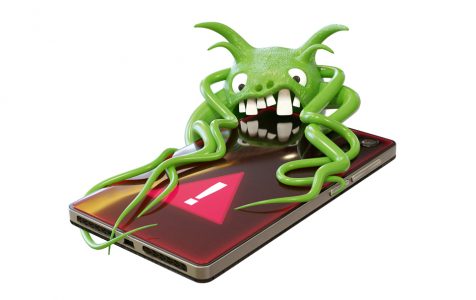The cases of malware infections within legit apps happen more often than users can imagine. Even trusted app stores such as Google Play Store and Apple’s App Store become hosts to malicious software that can harm your device. That’s why it is important to stay on top of security trends and find the right VPN app download to strengthen online security.
With that said, one can never feel 100% safe when it comes to avoiding malicious programs and cybersecurity threats. Luckily, learning to recognize malware in apps and implement security measures can help users stay away from any potential threats.
Why Is Malware Dangerous?
Malware is any software designed to harm a device or steal information for malicious purposes. What makes malware so dangerous is the fact that it is usually difficult to detect and even more difficult to get rid of. There have been many cases of undetected malware within smartphone apps in the last couple of years.
For instance, a specific type of spyware known as ANDROID_MOBSTSPY was discovered back in 2018. This malware was hidden in dozens of apps available on Google Play Store, including popular apps such as FlashLight, Flappy Birr Dog, and everyone’s favorite at one point – Flappy Bird.
Even though they were all removed from the store, the apps infected with this spyware were downloaded over 100 000 times. This means over 100 000 devices were compromised, and the malicious program may have already stolen information, such as SMS conversations, call logs, user location, and even passwords.
Sure, the apps may have already been removed, but the threat of hidden malware is not nearly extinguished. The most recent Android vulnerability known as “StandHogg” allows malware apps to disguise as legit apps and ask for permission to perform malicious actions. What’s tricky about this vulnerability is that it affects all versions of Android, meaning the regular updates won’t keep the device safe.
How to Tell if an App Is Infected with Malware?
There are several signs that point to a potential malware infection when it comes to smartphone applications. In most cases, you will sense that something is off with an app if it starts displaying unusual behavior. It is always best to stick to that gut feeling. If you notice anything remotely suspicious, remove the app right away.
Some of the more concrete clues that something might be off include sudden pop-ups, unexpected permissions, and incorrect links and buttons. If the app displays too many pop-ups unrelated to its content, it might be trying to refer you to an outside source that contains a malware infection.
If an app you’re already logged into is asking you to log in again, it could be a sign of suspicious behavior. Another common way to check whether an app is infected by malware is to carefully study the permissions it asks for. If a basic habit tracking app asks for permission to use your camera, there are likely hidden intentions involved.
Users should also look for typos and language mistakes in the app’s interface and online description. Malicious apps are not executed as professionally as the legit apps available on trusted app stores. Therefore, if you notice any cringe-worthy typos or anything that doesn’t really add up within the app, make sure to delete it off your device right away.
Malicious apps often feature links and buttons that either don’t match the interface or don’t lead to any destination. These links are placed there to make the app seem legit, and, if they’re not working, chances are something is not quite ordinary. If the app’s back button doesn’t work properly, it could be a sign that you’re dealing with a malware-infected software.
Best Practices to Keep Your Device Safe
The best way to stay in the clear when it comes to avoiding malware-infected software is to stick to the recommended applications in trusted app stores. These apps have gone through double security checks, so you don’t have to worry about the safety of your data and devices.
Besides never downloading apps outside trusted stores, you should delete suspicious applications as soon as you notice unusual behavior. Another way to check whether your device is infected with malware is to track your monthly data usage. A sudden surge in data usage could indicate a malware infection.
Last but not least, don’t forget to implement security measures regularly. Find the best VPN download option for your device to encrypt incoming and outgoing traffic while browsing the web. Make sure to scan your device regularly as well to check whether there are any threats lurking behind the software you’ve installed.
